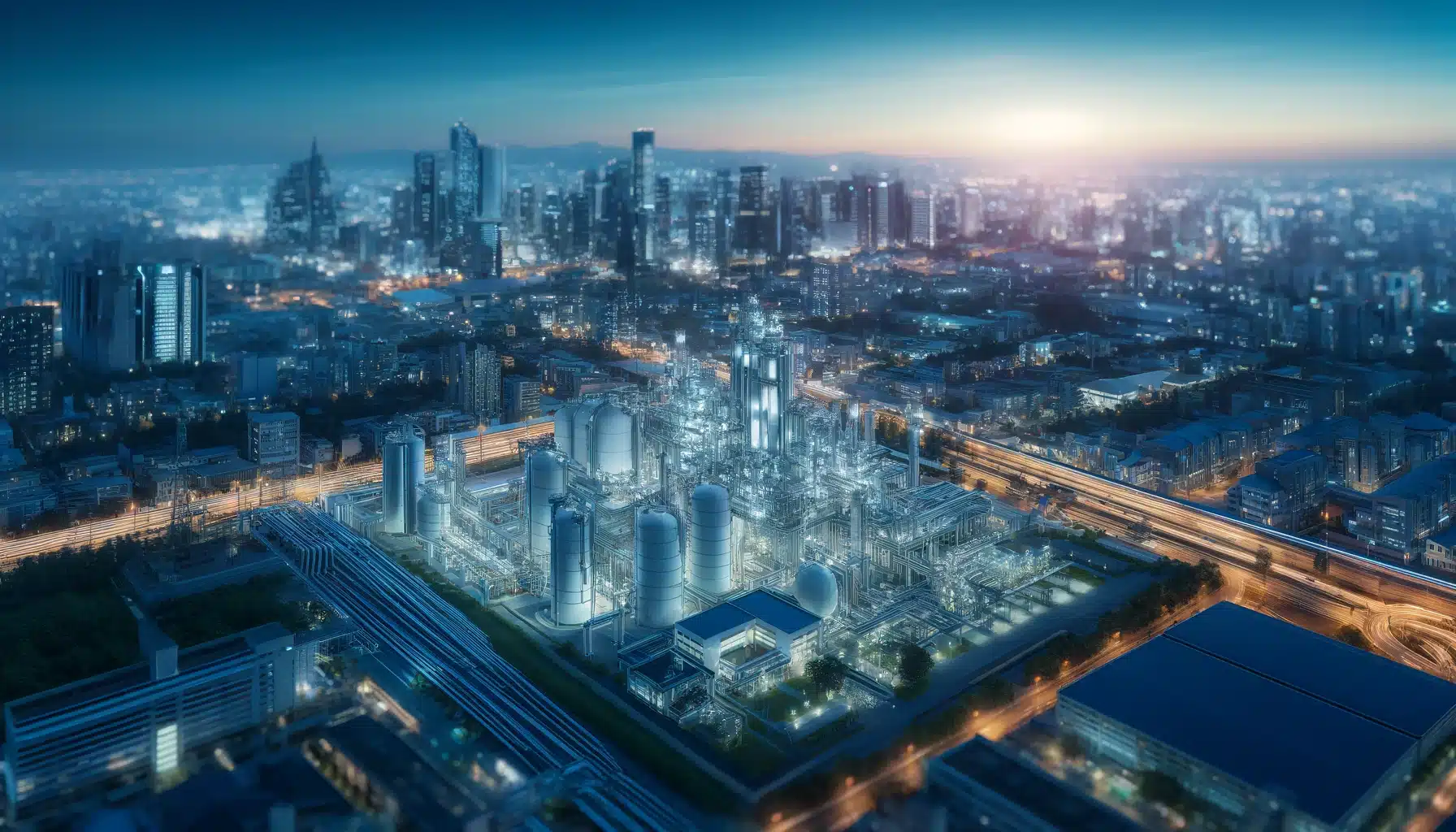Posted on May 10, 2024
Innovations in Gas Pipeline Construction: Paving the Way for a Sustainable Future

Gas pipelines play a crucial role in transporting natural gas from production fields to end-users like households, businesses, and power plants. With the increasing global demand for energy and the transition towards cleaner fuel sources, the construction and maintenance of gas pipelines have become more important than ever. Innovations in gas pipeline construction are essential not only for improving efficiency and safety but also for ensuring environmental sustainability. This article explores some of the cutting-edge technologies and practices that are revolutionizing the way gas pipelines are built, operated, and maintained, paving the way for a more sustainable future.
Advanced Construction Materials
The use of advanced materials in gas pipeline construction offers several benefits, including increased durability, corrosion resistance, and reduced environmental impact. Some of the innovative materials being utilized in pipeline construction include:
- Composite materials: Composite materials, such as fiberglass reinforced plastic (FRP) and carbon fiber reinforced polymers (CFRP), are lightweight, high-strength materials that offer excellent corrosion resistance and require minimal maintenance.
- Nanotechnology coatings: Nanocoatings applied to pipeline surfaces can enhance corrosion resistance and reduce friction, minimizing energy losses during gas transportation.
- High-performance steels: Advanced high-strength steels with improved toughness and weldability are being used in critical pipeline sections to enhance structural integrity and longevity.
Remote Sensing and Monitoring Technologies
Remote sensing and monitoring technologies play a crucial role in ensuring the safety and efficiency of gas pipelines. These technologies enable real-time monitoring of pipeline conditions, early detection of leaks or damages, and proactive maintenance planning. Some of the key innovations in this area include:
- Unmanned Aerial Vehicles (UAVs): Drones equipped with high-resolution cameras and sensors can perform aerial inspections of pipelines, covering large distances quickly and safely.
- Fiber-optic sensing: Fiber-optic cables installed along pipelines can detect temperature changes, strain, or vibrations, providing valuable data on the pipeline's health and integrity.
- Smart pipeline pigs: Intelligent pipeline inspection gauges, or "smart pigs," equipped with sensors and imaging capabilities, can travel inside pipelines to assess their condition and identify potential issues.
Automation and Robotics
Automation and robotics are revolutionizing the construction and maintenance of gas pipelines, improving efficiency, safety, and precision. By employing automated systems and robotic technologies, pipeline operators can streamline operations and reduce human intervention in hazardous environments. Some of the advancements in this field include:
- Automated welding systems: Robotic welding systems can perform high-quality welds on pipeline joints with increased speed and accuracy, minimizing human error and ensuring consistent quality.
- Pipeline inspection robots: Remote-controlled robots equipped with cameras and sensors can navigate through pipelines to inspect and detect defects, reducing the need for manual inspections and excavation.
- Autonomous construction vehicles: Self-driving construction vehicles can be used to transport materials, excavate trenches, and lay pipes with precision, optimizing the construction process and minimizing environmental disruptions.
Environmental Impact and Sustainability
The construction and operation of gas pipelines have a significant impact on the environment, including land disturbance, habitat fragmentation, and carbon emissions. Sustainable practices and technologies are increasingly being adopted in pipeline construction to minimize these environmental impacts and promote ecological stewardship. Some of the strategies for achieving environmental sustainability in gas pipeline projects include:
- Route optimization: Using advanced mapping technologies and environmental assessments to identify optimal pipeline routes that minimize ecological disruption and avoid sensitive areas.
- Green construction practices: Implementing erosion control measures, reforestation efforts, and wildlife protection protocols during pipeline construction to mitigate habitat loss and preserve biodiversity.
- Carbon offset programs: Investing in carbon offset projects or implementing emission reduction strategies to mitigate the greenhouse gas emissions associated with pipeline construction and operation.
Conclusion
Innovations in gas pipeline construction are driving the industry towards a more sustainable and efficient future. By leveraging advanced materials, remote sensing technologies, automation, and sustainable practices, pipeline operators can enhance safety, minimize environmental impact, and optimize operational performance. As the global energy landscape continues to evolve, investing in cutting-edge technologies and innovative solutions will be essential for meeting the growing demand for natural gas while protecting the environment for future generations.
